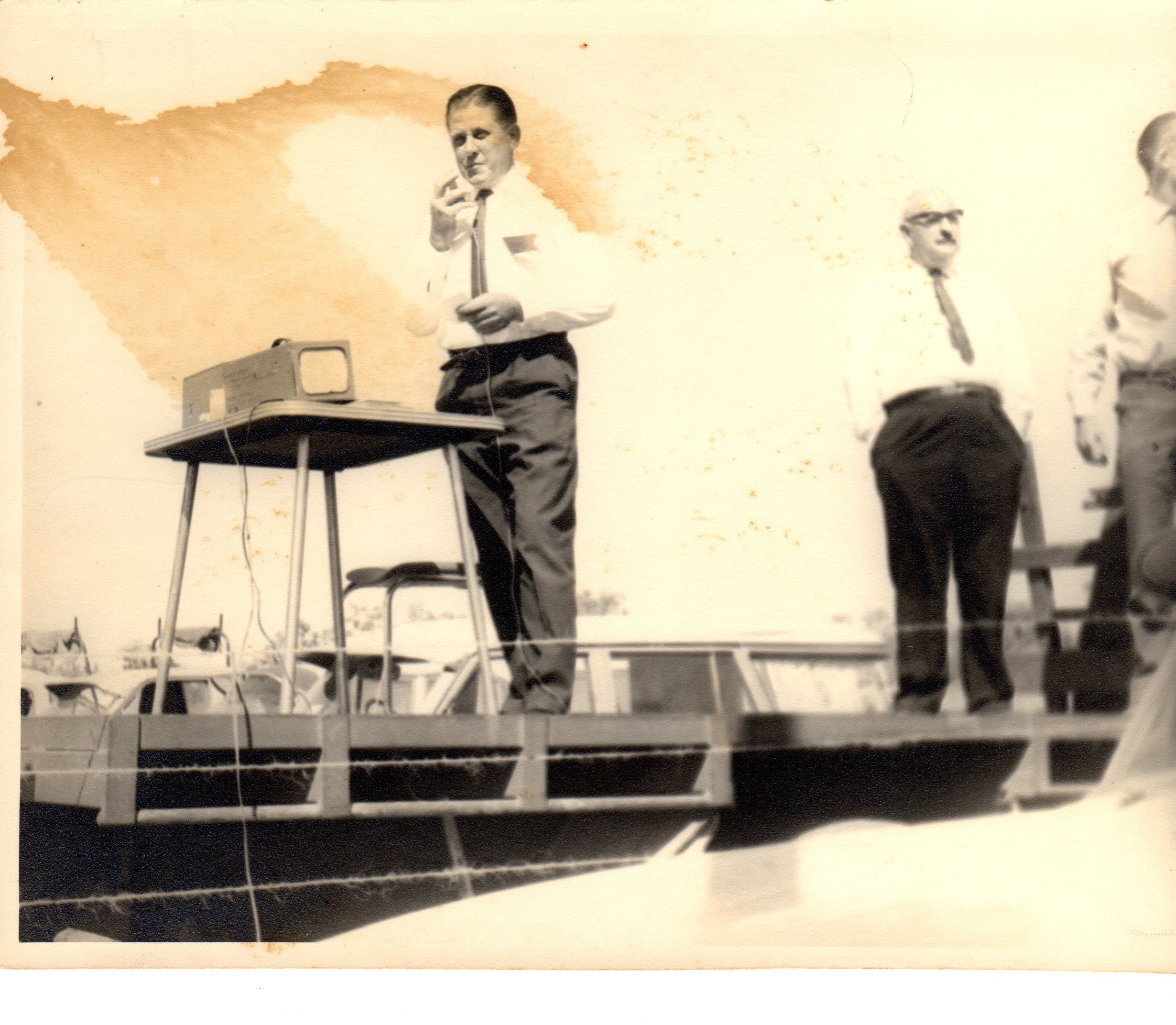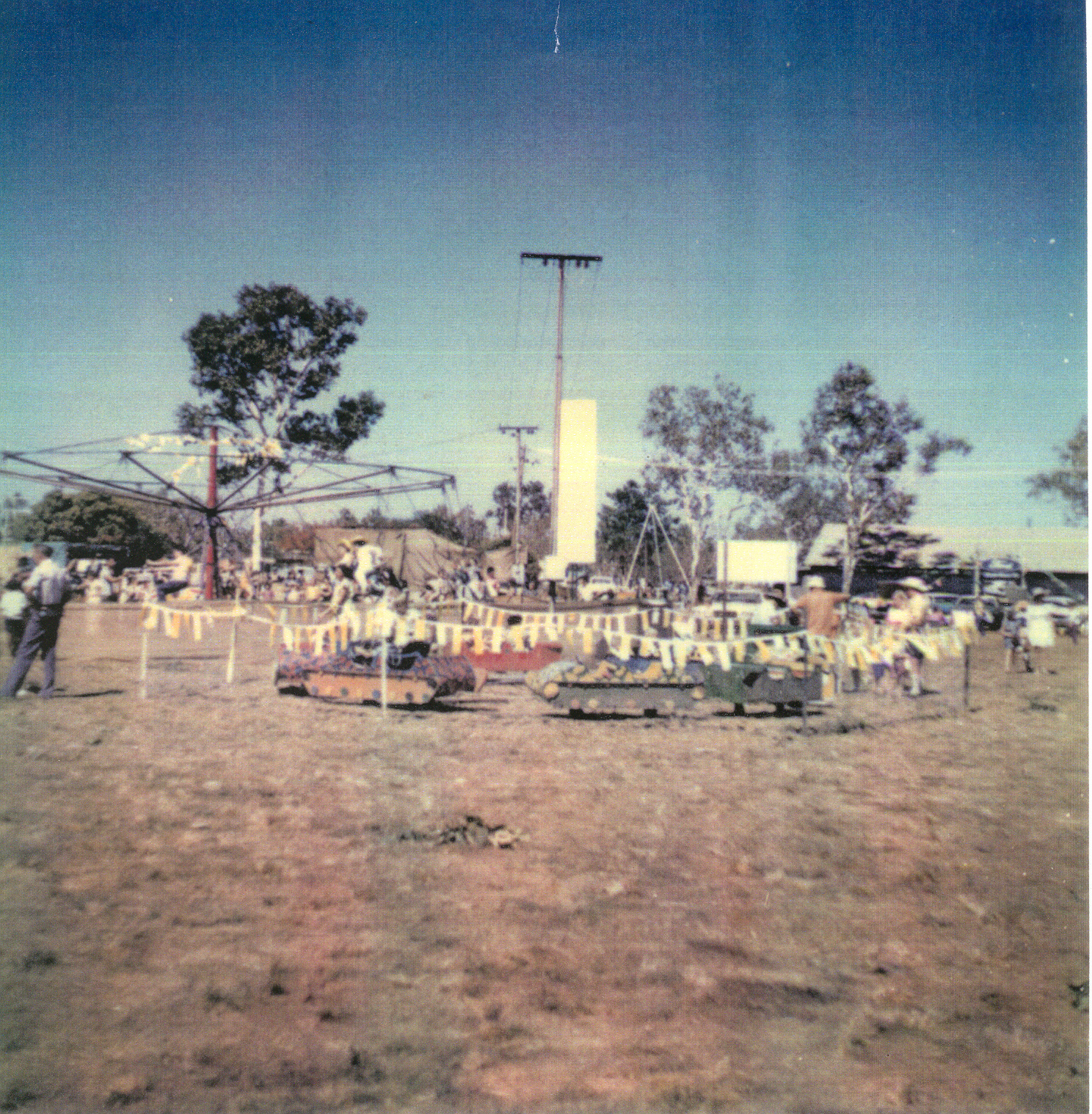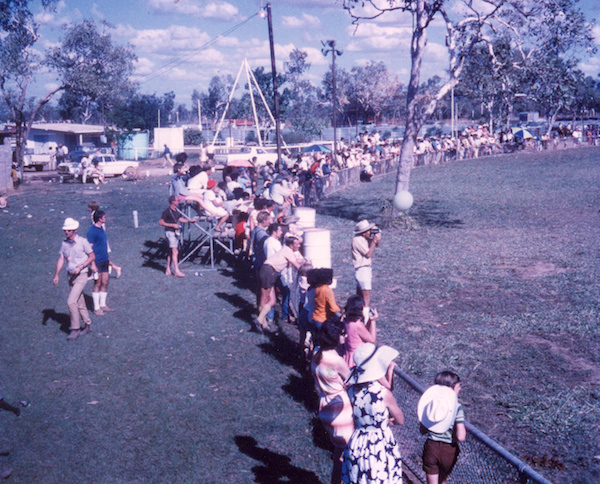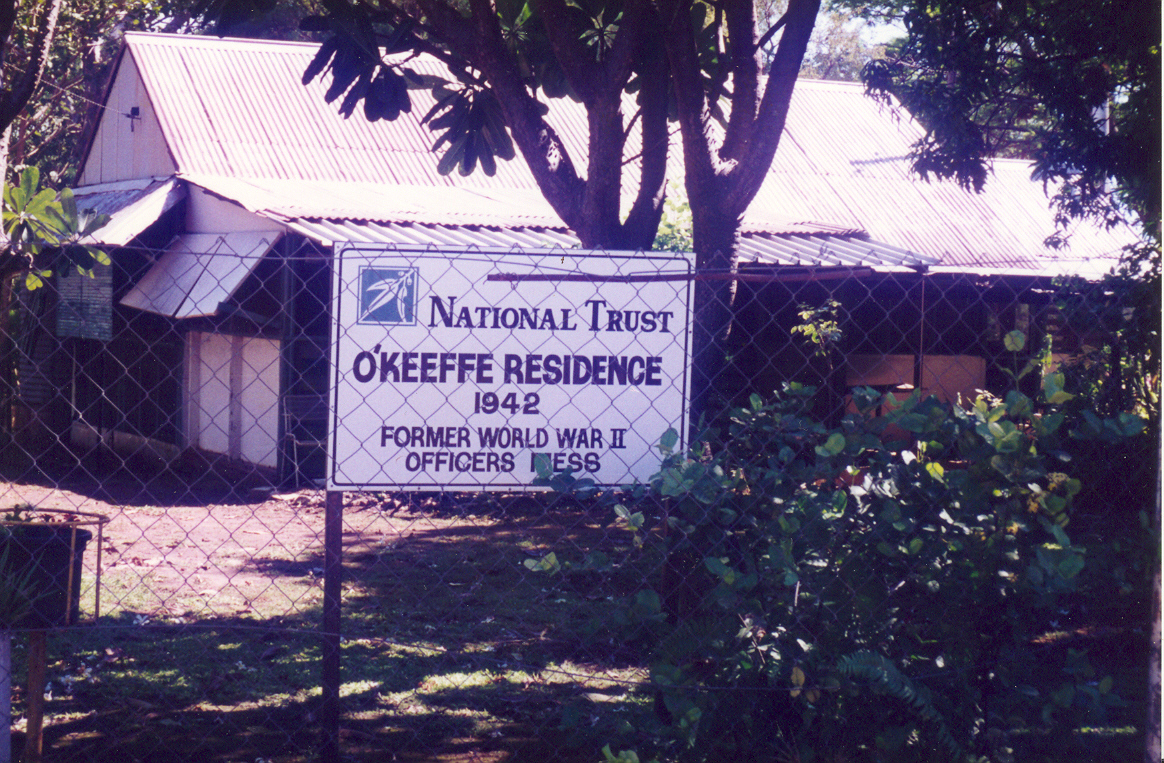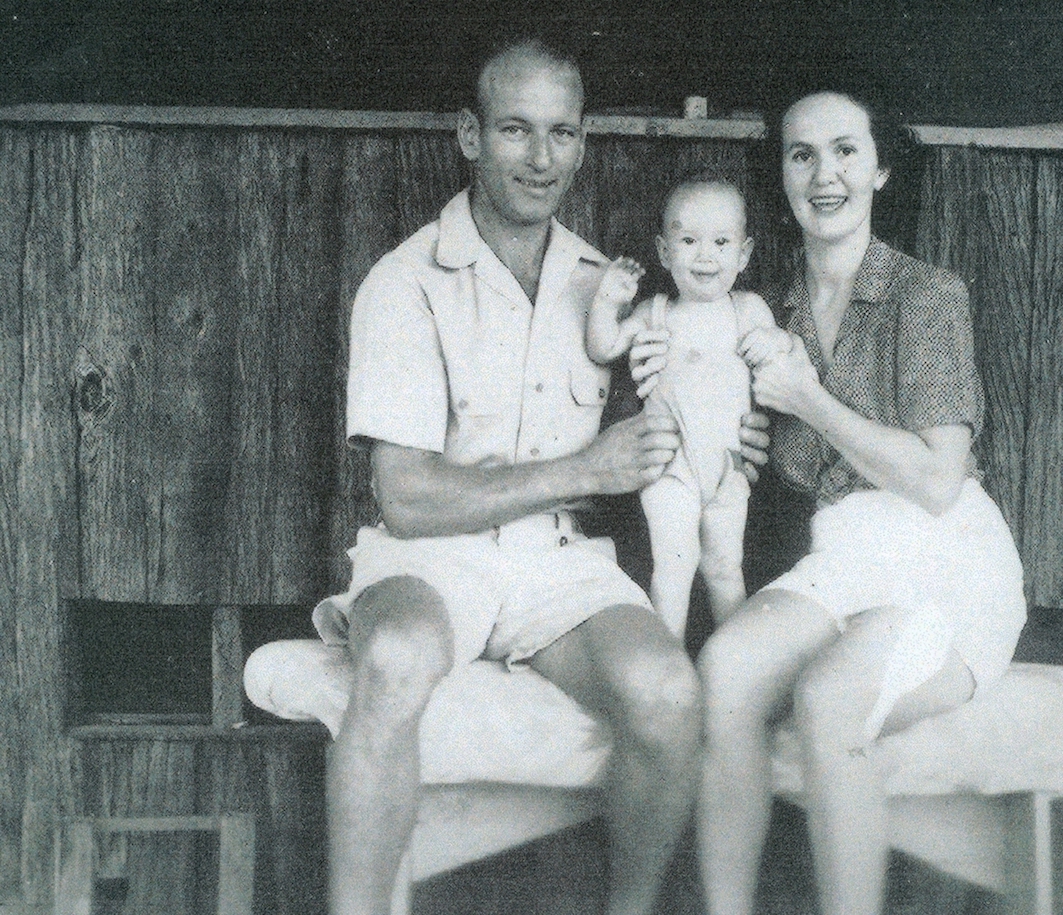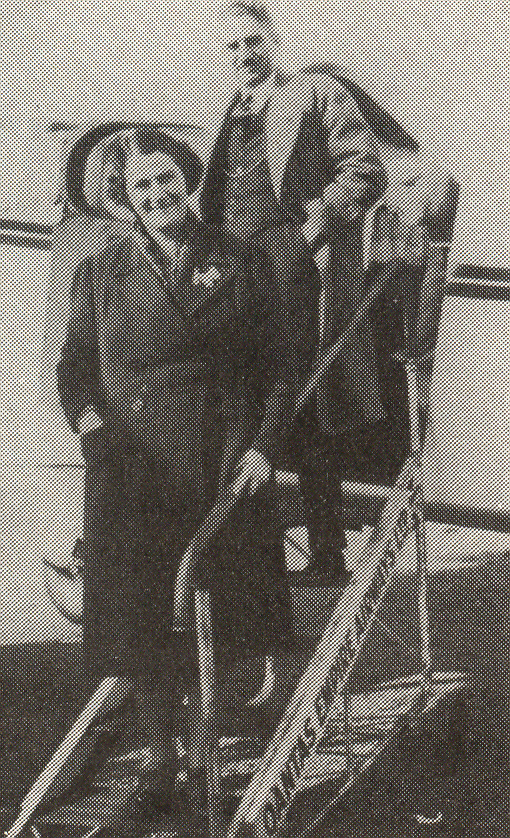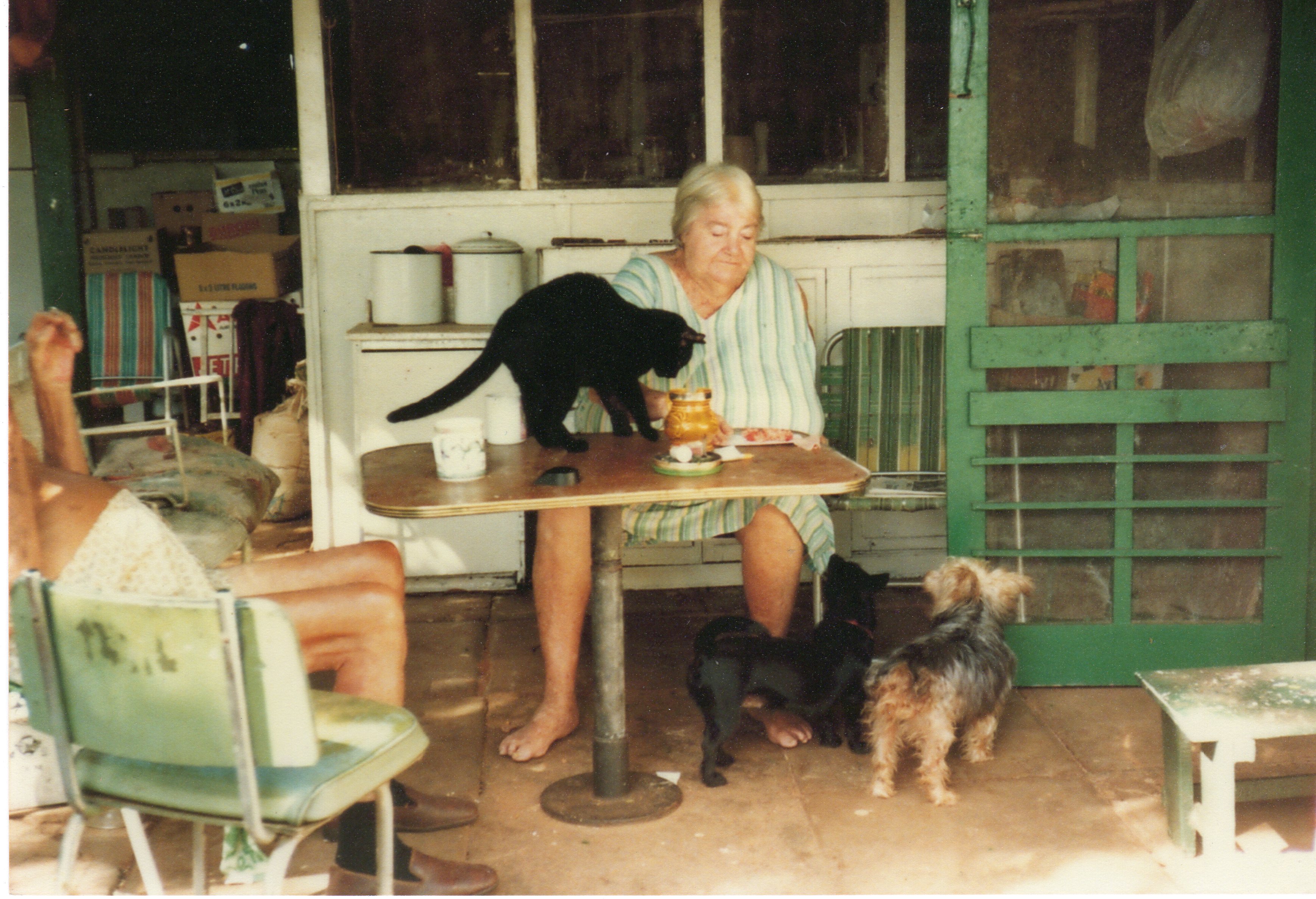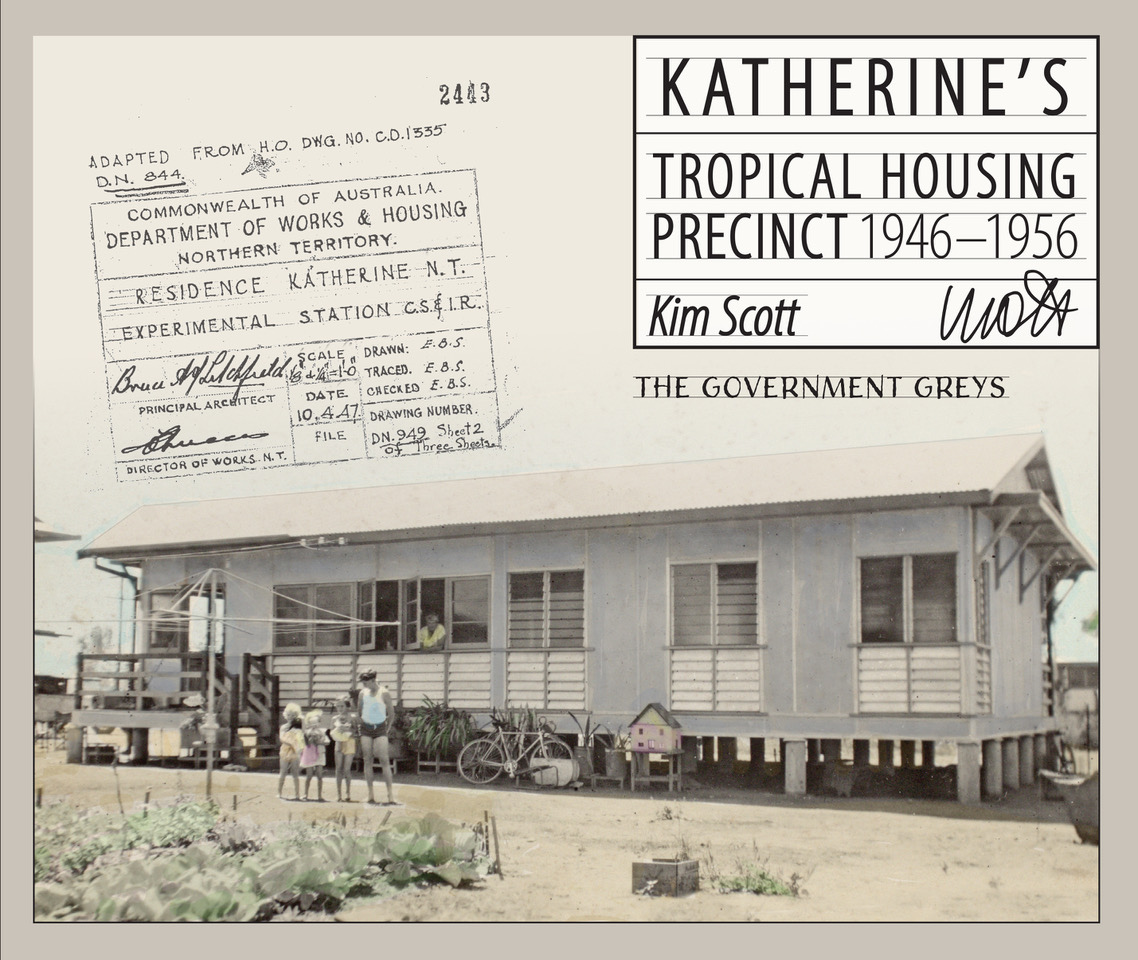Ever wanted to know more about those gorgeous old tropical houses in Katherine built during the 1940s and 50s? Showing in Katherine this weekend is an exhibition hosted by the National Trust and funded by a NT Heritage grant. Put together by local, Kim Scott, this multifaceted exhibition will showcase illustrations, plans, pull up banners, materials board, 3D models and audio storytelling. Kim will also be launching her new book, Katherine’s Tropical Housing Precinct 1946 – 1956 the culmination of seven years of research and discovery about these unique houses.
Here is an excerpt from Kim’s new book, which will be available at the exhibition and afterwards at The Katherine Museum. Thank you to Kim for allowing us to publish this shortened excerpt.
Katherine’s Tropical Housing Precinct 1946 – 1956 by Kim Scott - Excerpt
Two houses in my life have made a huge impact on my idea of home. Home, where I felt safe and comfortable and loved. A place where I could play and dream.
The first was my childhood home, where I lived from age 3 to 21. It was an elevated Northern Territory Administration (N.T.A.) built house in Dowling Street, Katherine in the Northern Territory. It was our family home until 1995. The second was my dream “New Series” house, which I was lucky to purchase at age 34. Both houses were products of the Commonwealth Housing program for Katherine and were built between 1951 and 1956. This made them two of the first ever architecturally-designed houses in Katherine, purpose-built for Katherine’s tropical climate.
I moved to Canberra for work opportunities and after eight years of living there I decided to enrol in a Diploma of Interior Design with Canberra Institute of Technology (CIT). I learnt about the history of architecture and different phases of styles that emerged through time.
Each student was asked to do an oral presentation on their favourite building. Burnett House in Darwin was my choice. It was the best example of the tropical style of housing I grew up with. Whilst preparing the presentation, I realised what I really missed about living in my old house. The feeling of the outside coming inside, with just a couple of full walls at each end, while the rest of the house was all doors, windows and louvres. The thin piece of flywire that separated me from the environment, the insects and frogs. The rain and lightning kept in close proximity. Those fabulous fireflies at night that twinkled like tiny stars and the sound of the fan whirling repetitively on a muggy wet season night, slicing through the air. The sense of freedom that I had taken for granted.
While returning to Katherine on holidays, I enquired about the history of the tropical houses of my childhood. I asked family members to help collect street numbers, as the information I had from the archives was all recorded with lot numbers. They also made site visits and spoke to the current residents of the tropical houses, asking for the opportunity to photograph each one to build a profile of each remaining house.
I discovered that the tropical houses built in Katherine between Shepherd and Lucy Streets were a part of the Commonwealth Housing program, which was established to meet the urgent housing shortage following World War II, not just in Katherine but across the rest of Australia. These houses were built for the many public servants working in Katherine after the war, which had seen Katherine become an important permanent defence base and public service town.
I had many stumbling blocks to overcome in my search for information on these tropical houses. The biggest one was the myth circulating in Katherine that the plans for the first Commonwealth Houses were lost in Cyclone Tracy in 1974. I didn’t give up. I looked everywhere; archives and libraries across Adelaide, Brisbane, Canberra, Perth and Melbourne. It was difficult for me to get a start anywhere because I didn’t know enough architectural language. I didn’t ask the Northern Territory Archive Service (NTAS) because I believed the plans were destroyed.
Then, my big breakthrough came by chance when I heard a Radio National podcast on the Commonwealth Government Architect for the Northern Territory, Beni Carr Glynn Burnett (1889-1955). I took a trip to Darwin to visit the Northern Territory Library to find out more about this gifted architect. The Northern Territory Library catalogue stocked a beautiful book titled B.C.G. Burnett, architect by David Bridgman (1994). Bridgman had studied Beni Burnett’s architectural work in Darwin. I noticed another work by Bridgman, titled The Anglo- Asian Bungalow, that had been referenced in the B.C.G. Burnett book, but I had no luck in getting a copy.
Out of desperation, I called NTAS in Darwin, feeling rather disheartened this day, when I spoke to Francoise Barr about what I was trying to do and mentioned the Bridgman Thesis. She said, “David is my partner and he has a copy of the document you are looking for. I will talk to him”. The complementary thesis arrived in September 2013 with a CD copy, too. The thesis accompanied me everywhere. Later, David informed me the plans I wanted were, in fact, stored in the NTAS Darwin collection. I was beginning to feel the whole process was dependant on the serendipity phenomenon.
The first permanent houses in Katherine were designed in the mid to late 1940s in the Department of Interior’s head office in Melbourne as a family of plans (Type A-Z). They would become known as the “New Series” and were intended as a guide for tropical housing for Northern Australia, to be modified later to suit the climate and the site on which they would stand.
The first two houses constructed in Katherine were from a sketch plan created by the Department of Interior’s head office in Melbourne for the Council for Scientific and Industrial Research (CS&IR) Home Farm, 1 mile (1.6 kilometres) from town. They were modified to suit the climate by Bruce A.J. Litchfield, architect and District Officer, who was based in Katherine from 1943 and worked in the Top End until 1948. Litchfield was the first Commonwealth Architect based in Katherine and he led the Commonwealth Government’s housing project designed specifically for the Katherine environment.
These first houses that Litchfield worked on for the Commonwealth Housing program in Katherine were designed in the N.T.A. office. They bring the outside in and are very peaceful and easy to live in, even without air-conditioning, which has been my experience. The main materials used in these houses were asbestos sheeting and moulded louvres, Cyprus Pine, galvanized iron and glass casement windows with pattern and colour. These buildings are pleasing to the eye because of their shape and proportions and the use of blue non-actinic glass in the casement windows and louvres, which absorbs most ultraviolet light. The use of blue glass gives a soothing impression that made the houses feel cool and calm.
The second phase of houses that were built for the Commonwealth Housing program in Katherine were designed in the Northern Territory Administration office (N.T.A.). They were of a similar design and materials. The main difference was they did not use casement windows. My childhood was spent in a N.T.A. house. I would call these types of houses functional, as they were constructed as a quick response to the increase in public servants. They are not as aesthetically pleasing as the first “New Series” of houses.
The Commonwealth Housing program set a precedent for the quality of housing being constructed in Katherine post-war. The townspeople were witnessing a change in the government’s intentions for Katherine’s future in a very tangible way, with this construction of housing meant for permanent occupation.
In 1956, an aerial photograph was taken of the area and shows twenty-three houses were constructed in the “New Town Area” (Katherine South), by the Department of Interior, Transport and Works and the N.T.A.. Eighteen houses stand today in Dowling, Walter Young and Lucy Streets and are still recognisable as tropical houses built post-war. The remaining houses are in danger of being lost to demolition or major redesign. There are no heritage-protected buildings of this type in Katherine although some houses (numbers 9, 20, 22 Dowling Street) are listed as a Tropical House Precinct on the Department of Environment and Energy, Australian Heritage Database online. Time has shown that most of the houses were strong enough to withstand two Katherine floods; one in 1957 and the devastating Australia Day flood in 1998. Only minor cosmetic internal repairs were required before they were fit to live in again. They still house residents of Katherine South today. They are not heritage listed as yet. Heritage listing might preserve these early examples of housing in the 1950s, long enough for us to have a second look at them and use them as examples to improve on sustainability in future tropical buildings.
By 2013, it was clear to me that I must hold an exhibition on Katherine’s first architecturally designed tropical housing. I felt a responsibility to showcase and record the houses specifically designed for Katherine’s climate for future generations and to raise their profile in the Katherine community, as many people are unaware of this pocket of tropical architectural history located in Katherine South.
My hope is that the historical significance of these first, high quality, permanent houses, which are a key part of Katherine’s housing career, will be recognised. Additionally, I hope they might spark some interest in the construction of houses that are more suitable for living in the tropics and for the remote living conditions of outlying communities. Houses that use easily available, sustainable materials and are designed with a smaller footprint, specifically to make the most of the environment, as an alternative to the brick and concrete housing built today.
